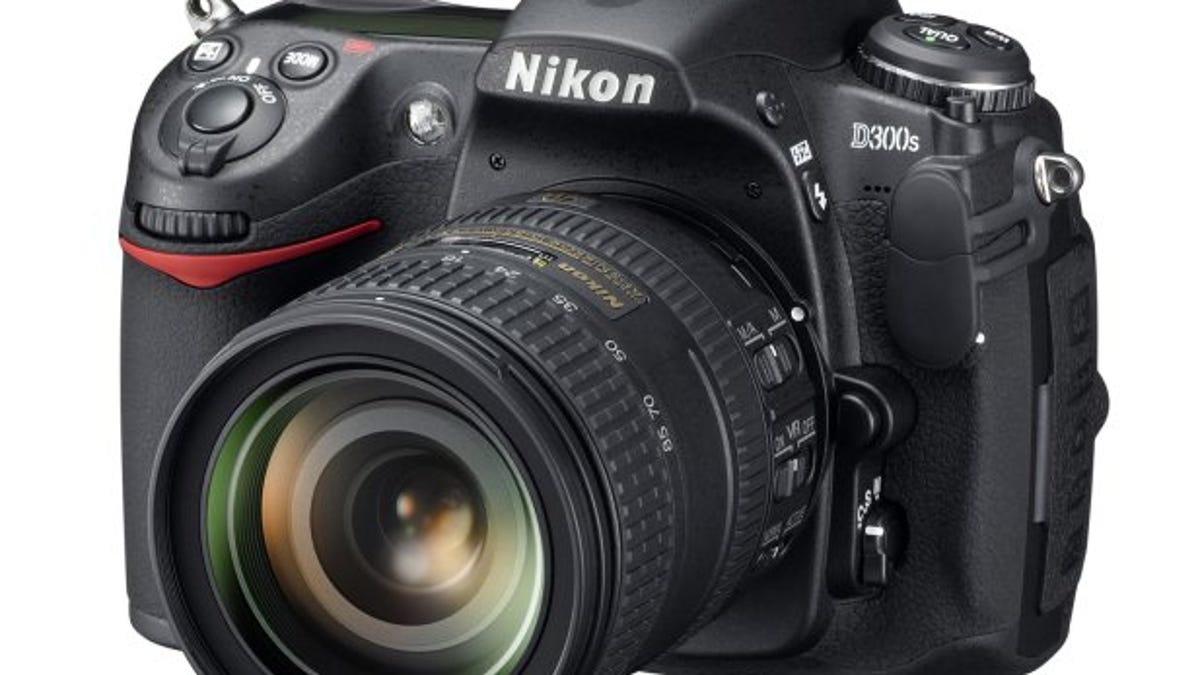Adobe tests raw support for Olympus E-P1, new Nikons
The release candidate of a Photoshop plug-in lets those with Nikon D3000 and D300s SLRs and Olympus' E-P1 handle those cameras' raw image formats.

Adobe Systems has released a test version of its Camera Raw 5.5 plug-in so Photoshop can handle raw images from the Olympus E-P1 high-end compact camera, Nikon's new D3000 entry-level SLR, mid-range D300s SLR, and Panasonic's DMC-FZ35 ultrazoom.
Raw images are made of data taken directly from cameras' image sensors without in-camera processing, and they offer more flexibility and higher quality to those willing to put up with the hassle of converting them to JPEG or other more universal formats with software such as Adobe's Photoshop and Lightroom, Apple's Aperture and iPhoto, or Google's Picasa. But first, that software must be updated to support each new camera, since raw formats are proprietary and differ for each model.
Adobe released the new Camera Raw plug-in release candidate at its Adobe Labs site. Although there's no corresponding version of Lightroom, software engineered specifically for handling raw images, Adobe also issued a release candidate for its DNG converter 5.5 that can transform raw files from the Olympus, Nikon, and Panasonic cameras into Adobe's more digestible Digital Negative format.
The new software also corrects a problem experienced with "demosaic algorithms in the raw conversion process for Bayer sensor cameras with unequal green response," the company said. Demosaicing is a central step in raw conversion. In it each pixel records only data for only a single color of red, green, or blue, is interpreted so each pixel has values for all three colors. The checkerboard pattern of colors is called the Bayer pattern.
Update 10:30 a.m. PDT August 20:: I asked Adobe about what cameras are affected by the green issue in the demosaic algorithm, and Tom Hogarty, Adobe's Lightroom product manager, had this response:
"Sony, Panasonic, and Olympus are among the more popular camera manufacturers affected by this change. But the demosaic correction provides only a subtle visual improvement to the processing of those raw files."
Some might be disconcerted to find that older raw images might look different when they're opened again with software that uses an updated algorithm. For those folks, I recommend exporting a JPEG or TIF to bake in your editing settings for raw images.
For the rest of us, this illustrates one of the advantages of shooting raw: new algorithms can make photos you took earlier look better than when you first took them.
Adobe also made a related change with the addition of profiles to its raw processing software; these can make photos more closely resemble results from camera settings such as portrait, landscape, or neutral, and I use them by default these days. Improvements to noise reduction algorithms is another area that springs to mind where new algorithms could take advantage of faster PC hardware to produce better photos.
Having the camera make these processing decisions when it creates a JPEG is convenient and fine for the vast majority of people, but for photo enthusiasts, raw shooting benefits from steadily improving software and hardware.

